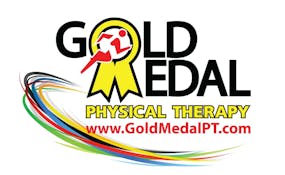
What is Vertigo?
There are several types of vertigo that can be treated in physical therapy. The most common type of vertigo is known as benign paroxysmal positional vertigo commonly referred to as BPPV. BPPV is twice as common in women than men and also more common in individuals greater than 60 years old. This type of vertigo is due to crystals known as otoconia in the inner ear that become dislodged and are now free floating in the semicircular canals in the inner ear. These crystals are gravity sensitive and there is a feedback loop that works with the vestibular nerve to send signals for posture, balance, eye and head position. When there is dysfunction present patients often report dizziness and nausea, and present with nystagmus which is involuntary eye movements.
How can Physical Therapy help?
Physical therapy uses head movement techniques known as the modified Epley maneuver and the barbeque roll maneuver to help the crystals move back to their original resting position. This decreases the dizziness and nausea that are often the main symptoms of BPPV. Symptoms can resolve quickly within the first few treatment sessions. Exercises are then implemented to improve the vestibular system to prevent reoccurrence. These exercises include balance, eye and head movements, and also strengthening of the head, neck, and shoulder for improved proprioception and optimal positioning of the head and neck.

What can I do for prevention?
There has been some recent research to figure out some of the causes of BPPV. Some research suggests a link with BPPV diagnosis and low vitamin D and calcium levels. Vitamin D helps with the absorption of calcium and phosphorus from the food you eat. The otoconia are calcium crystals and with low calcium the crystals become less dense and easier to become dislodged. There is also a link between BPPV and osteoporosis for the same reasons for low vitamins D and calcium. It is theorized that BPPV is more common in the older population due to nerve atrophy and the loss of the nerve cells and the nerves pass the messages along more slowly. No matter the cause, BPPV is treatable and responds very well to physical therapy and often patients find that they are able to return to their previous level of function.
Call us today to see if you could benefit from physical therapy.
